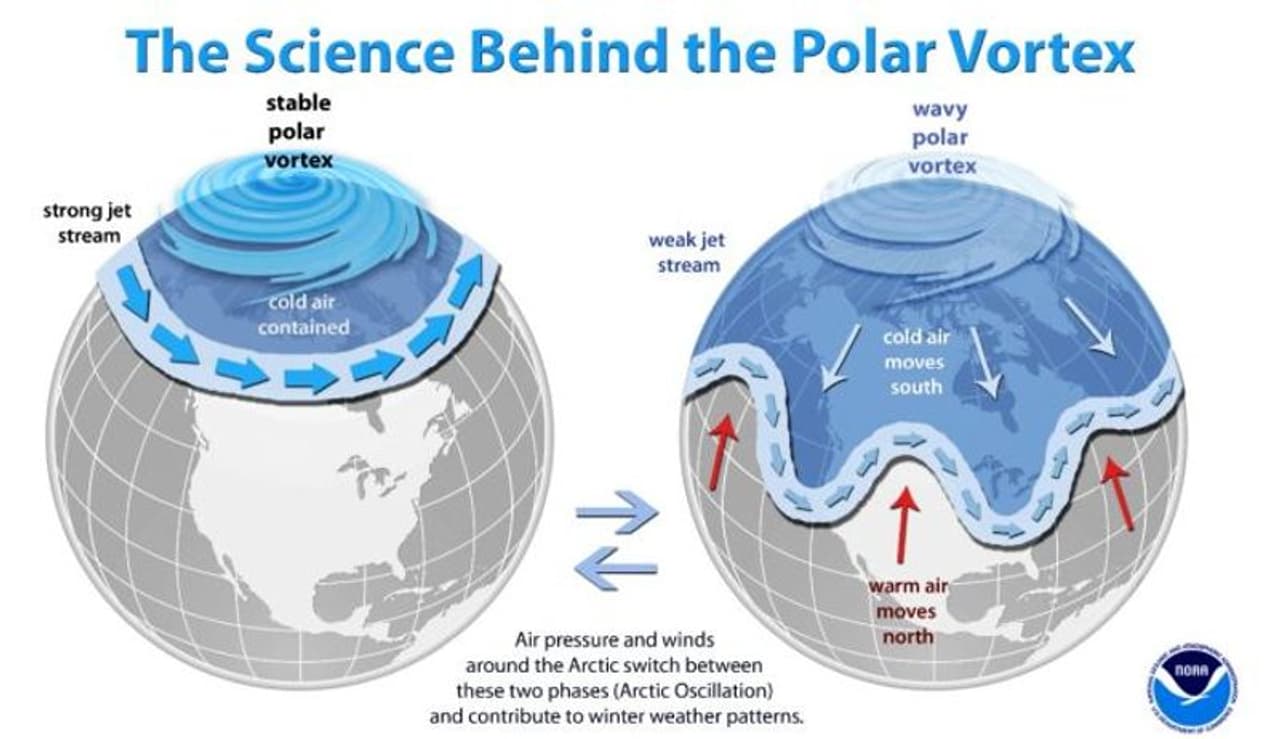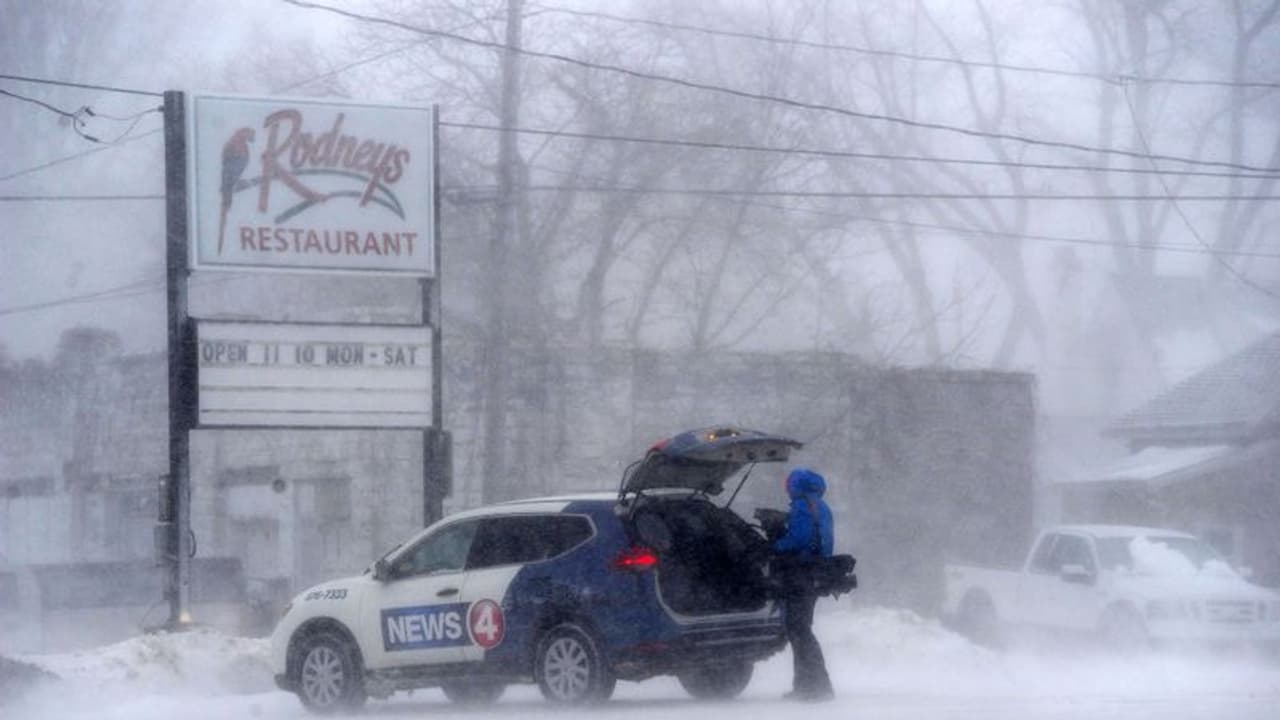This Christmas weekend holiday was the coldest in 20-30 years for millions across Canada and the United States. This will impact other weather systems and will cause them to move away from their regular cycle. That is more concerning," Weather Expert Venu G Nair told Asianet Newsable.
More than 200 million people in the United States of America were under the effect of a historic Arctic blast and winter storm Elliot. As the winter storm gradually departs Northeast US, a record-breaking cold, frigid windchill, blizzard, and deep lake-effect snow blanket for Buffalo will soon be over. Even though such a weather pattern is observed every alternate year or so, this time around, it was intense. And climate change has a major role to play in this.

"Whenever there is global warming, more warmer air will be going towards the polar region. The polar region is basically the refrigerator of the world. So if something happens to the polar region, it will alter all the global weather systems. Now, you can see in this winter alone, Central America got temperatures ranging from minus 10 to minus 20. This freak weather is actually coming up (in other places as well). So if it goes like this, all these weather systems are moving away from their regular cycle. That is more concerning," Weather Expert Venu G Nair told Asianet Newsable.
Citing the World Meteorological Organization, Venu said that freak weather would be normal in future. "WMO says freak weather will be our normal in future if the warming continues at over 1.5 degrees; it is at two degrees at the moment. The Intergovernmental Panel on Climate Change says that it (warming) should be confined to 1.5 degrees. But it is not an easy task. So until and unless we do that, we will have to face serious consequences across the planet. We need to go carbon-neutral, or it will be difficult to survive," he said.
Meteorologically speaking, the weather expert underlined how if one were to consider the atmospheric dynamics, the wind systems have been changing, and so is the thermal field. "The thermal field is actually connected to the pressure field. When the pressure field changes, all these weather systems would change drastically. That includes the atmosphere holding more water, leading to extreme rainfall, cloudbursts and intense thunderstorms across the world. The monsoon is a disturbed phenomenon now. Extensive cyclone convergence zones are being created. All these are an aberration from the classical meteorological analysis," he said.
What's causing the US Deep Freeze?
A polar vortex is behind the 'once-in-a-generation' weather phenomenon in Europe, North America and Canada. A polar vortex is basically a strong cyclone circulation around the poles. Normally it is there every year. But whenever this polar vortex is strong, then the jet streams will be very strong, and there will not be any intrusion of polar air towards lower latitudes. But whenever this polar vortex is very weak, that means the polar region is warmer, and the jet streams will be weaker, resulting in polar air moving towards the middle latitudes.

This year, the polar vortex is so weak that the entire polar air is actually intruding more towards the lower latitudes. This Christmas weekend holiday was the coldest in 20-30 years for millions across Canada and the United States. What began as an unpreceded over-30 degrees temperature dip along Colorado and the High Plains in Wyoming last Thursday caused a widespread deep freeze that saw the mercury plummeting to the lower 48 degrees. Within 24 to 36 hours, the storm reached the Gulf Coast and Northeast US.
"This time, the polar air has moved towards South America, Europe and even up to north India. Now, this vortex is changing a little bit, causing some relief for those latitudes," the weather expert said.
Winter Storm Elliot had an explosive development over the Great Lakes; a so-called bomb cyclone formed and was battering the southern and eastern shores of the lakes. Abundant and heavy snow combined with extreme winds, gusting 60-80 mph around Buffalo, New York. This weekend, hundreds were stranded in deep snow, drifts, and blizzard conditions. A significant warm relief, from the historic Arctic blast to extreme warmth in US and Canada, is forecast heading into New Year 2023.
According to weather forecasters, in a matter of a few days, North America's weather pattern will dramatically flip into much higher temperatures in the final days before New Year's Day 2023, thanks to a southern lobe of the Polar Vortex aloft moving east.
